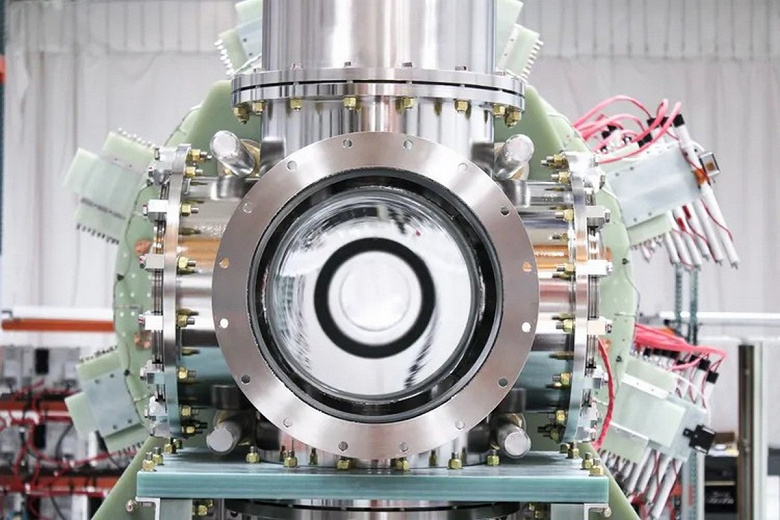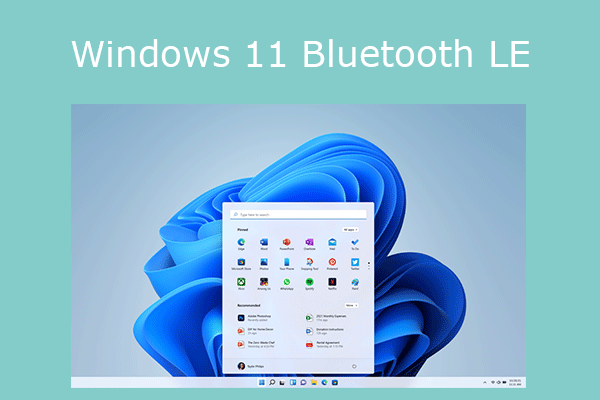The reactor undertakes to be built by Helion Energy
Microsoft has signed the first-ever commercial contract for the supply of electricity generated through fusion. The contract was signed with Helion Energy. Moreover, it is noteworthy that there are quite specific dates. Helion Energy believes that it will be able to meet the obligations by 2028.

Helion Energy’s goal is to connect a reactor with a capacity of at least 50 MW to the grid. This is not much, but in this case, power is not important at all.
One might think that we are talking about signing an agreement of intent, but no: the companies have signed a full-fledged binding agreement, which includes, among other things, financial sanctions in case of non-fulfillment.
Microsoft will receive electricity from a fusion reactor in a few years.
The problem here is that at the moment no one has yet managed to achieve a thermonuclear fusion reaction with a positive energy yield, that is, more energy received than spent. At the end of last year, scientists from the Lawrence Livermore National Laboratory in California reported a breakthrough in this area . Then they said that they managed to get one and a half times more energy than was spent. However, the point is that such an estimate is only valid directly for the reaction itself. And if we calculate the power “from the socket”, that is, in this case, spent on pumping lasers, then there was no positive energy balance even close.
By the way, Helion Energy is working on a fusion plant based on magnetic inertial fusion, which combines magnetic confinement fusion and inertial confinement fusion technologies. The company is developing a device it calls a plasma booster that heats fuel up to 100 million degrees and uses magnetic fields to compress and confine the plasma.
It is not yet clear what achievements Helion allowed her to take such a risky step from a financial point of view. If this is not a marketing ploy, then perhaps the company has reason to believe that fusion will become commercially available in five years.
However, some scientists believe that Helion’s statements are extremely bold.
I’d say it’s the most daring thing I’ve ever heard. In such matters, I never say never. But it would be surprising if they succeeded.
University of Chicago theoretical physicist Robert Rosner




